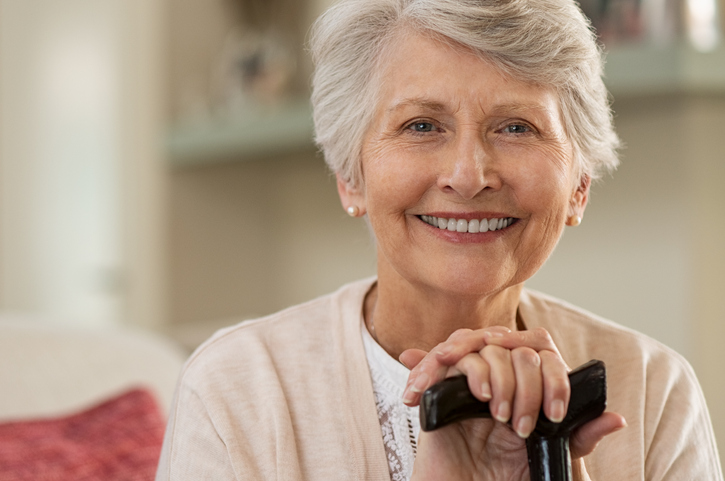Seniors with dementia have the highest risk for falls
Among U.S. seniors, falls are the number-one cause of death by injury. That’s 29 million falls, resulting in three million ER visits, 800,000 hospitalizations, and 28,000 deaths every year.1
For those with dementia or Alzheimer’s, the risk is even greater — in some cases, twice as much as those without cognitive impairment. Seniors with memory loss are likely to be disoriented beyond their baseline of confusion. If no one’s there to witness a fall, assistance can be delayed. Injury can be difficult to diagnose and treat. The cause can also be difficult to determine, making it more likely to recur.
Solving the problem starts with seeing it
In 2019, Belmont Village Senior Living teamed up with SafelyYou to address fall risk for residents with cognitive impairment. With a pedigree that includes UC Berkeley Research Lab, SafelyYou developed a fall-detection system that uses Artificial Intelligence (AI)-enabled cameras. The system’s 99-percent detection accuracy and proven track record have earned the company multiple grants from the National Institutes of Health (NIH) and National Science Foundation (NSF). Referenced by Senator Susan Collins (R-ME) in the Senate Report on Falls Prevention, it’s the first fall-detection technology subsidized by an insurance carrier.
With consent from participating families, Belmont Village launched a pilot program with SafelyYou in two of its communities between September and December 2019. Cameras were installed in the rooms of 42 memory care residents. The AI-enabled technology continuously monitored the video feed. To preserve resident privacy, footage was stored only when the algorithms detected a fall, at which point an alert was immediately sent to the nurse via an integrated call system. The captured video could then be used to determine the level of treatment necessary, whether an ER visit was required, and as a post-event determination of cause and prevention strategies moving forward.
The main objectives for the pilot program included:
- Decreasing the number of falls among residents living in memory care
- Reducingthe average response time to assist residents
- Lessening the average time a resident spends on the ground
- Reducing the number of fall-related visits to the ER
Training and clinical support enable the technology’s success
While the fall-detection technology is a powerful tool, the way in which it is leveraged impacts outcomes. As part of the pilot preparation process, Belmont Village provided training for all staff, developed clinical decision support algorithms, post-fall huddle resources, and an enhanced fall intervention library for its nurses, who are available 24/7 at all communities. The focus of the nurses’ training included:
- Nursing responsibilities when responding to alarm notification
- Physical assessment and triage
- Testing system logins
- Clinical fall algorithm
- Post-fall response team huddle
- Navigating SafelyYou’s facility manager website
- Documenting interventions
Uplifting results
Combining real-time fall detection, event review, decision-support algorithms, and human interventions, Belmont Village was able to reduce ER visits due to falls by 41 percent for those participating in the pilot. Average time to respond to a fall was three minutes. Residents were on the ground an average of ten minutes, which included staff response time, clinical evaluation to determine action, and resident recovery.
Of the residents who were found on the ground, 85 percent did not have an injury and only 10 percent went to an ER. Additionally, 62 percent of fall detections revealed residents did not fall at all. They intentionally lowered themselves to the ground. Having this information helped to further avoid unwarranted and stressful ER trips for residents and provided added insight on resident behavior to the teams caring for them.
With success clearly demonstrated from the pilot, Belmont Village has expanded the program, which will be available at sixteen more communities nationwide by fall 2021.
Through multidisciplinary collaboration, Belmont has accumulated insights for fall notification, staff response, resident evaluation, and recovery. Using this information, the program can be continuously enhanced moving forward, providing greater safety and a better experience for its residents.
1 (Burns E, Kakara R. Deaths from falls among persons aged ! 65 years — United States, 20072016. MMWR Morb Mortal Wkly Rep. 2018;67(18):509–514.)

